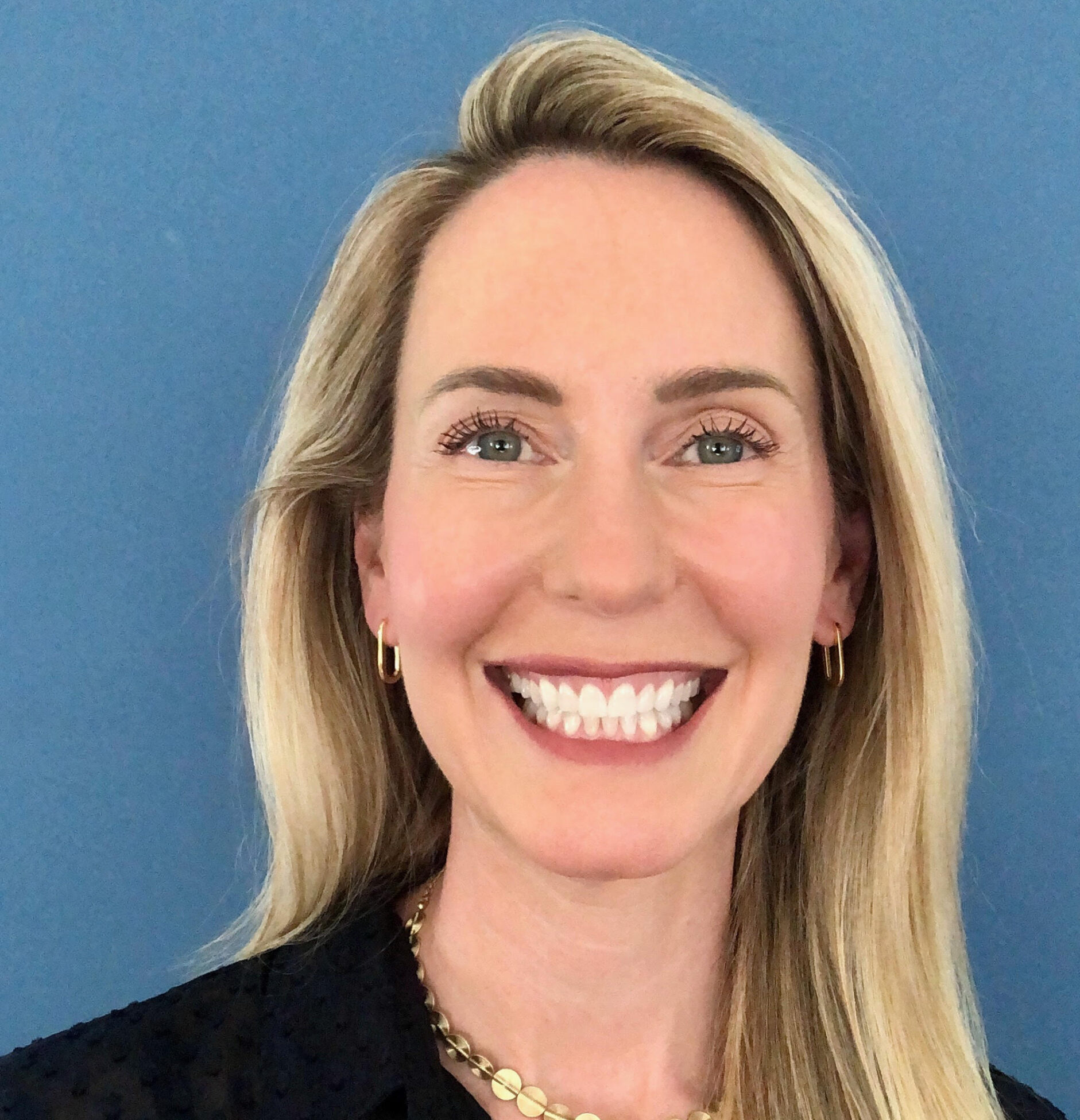What is Neuropathic pain?
Neuropathic pain is pain initiated by the nervous system either from a lesion, trauma, or dysfunction. It can occur for no reason at all or can be secondary to other causes such as dental procedures or central nervous system pathology. Neuropathic pain can be a paroxysmal (sharp, shooting) nerve-like pain or a continuous burning pain. Many times patients have signs and symptoms of temperature and light touch sensitivity. Some examples of facial neuropathic pain are trigeminal and glossopharyngeal neuralgia, atypical odontalgia, postherpetic neuralgia, and burning mouth syndrome.
How can you treat Neuropathic pain?
Both systemic and topical medications are options to help decrease the signs and symptoms of Neuropathic pain. Systemic medications such as anticonvulsants and antidepressants are the two most common classes of drugs used to treat neuropathic pain. Another option is to use topical medication applied directly to the area of the painful tissues. In some cases, a combination of topical and systemic are both needed to adequately control the patient’s pain.
Like what you’re learning? Download a brochure for our Orofacial Pain and Oral Medicine certificate or master’s degree program.
Why are topical medications preferred?
Topical medications are preferred over oral systemic medications because they are generally considered safer since they are not absorbed through the digestive tract and are distributed throughout the blood. If effective in controlling the patient’s pain levels, topical can be the preferred method of drug delivery due to quicker onset, fewer side effects, and fewer drug-drug interactions which is a significant concern especially if the patient is on multiple other medications.
Which topical medications have been successfully used?
These are some of the more common topical medications that have been reported to be beneficial in the treatment of neuropathic pain: benzocaine, lidocaine, capsaicin, NSAIDS, ketamine, carbamazepine, and amitriptyline.
What is the best way to hold the medicine in place inside the mouth?
Intra-oral splints custom-made for the patient appear to be the best method to maintain the medication in the ideal location inside the mouth. They also help to protect the area from further irritation. These can easily be fabricated at your dental office.
Earn an Online Postgraduate Degree in Orofacial Pain and Oral Medicine
Are you interested in a variety of issues focused on orofacial pain, medicine and sleep disorders? Consider enrolling in the Herman Ostrow School of Dentistry of USC’s online, competency-based certificate or master’s program in Orofacial Pain and Oral Medicine.
References
- Merskey H, Bogduk N. Classification of chronic pain: descriptions of chronic pain syndromes and definition of pain terms. 2nd ed. Seattle: IASP Press; 1994.
- Heir G, Karolchek S, Kalladka M, Vishwanath A, Gomes J, Khatri R, Nasri C, Eliav E, Ananthan S. Use of topical medication in orofacial neuropathic pain: a retrospective study. Oral Surg Oral Med Oral Pathol Oral Radiol Endod. 2008 Apr;105(4):466-9. doi: 10.1016/j.tripleo.2007.09.030. PMID: 18329583
- Rasmussen PV, Sindrup SH, Jensen TS, Bach FW. Symptoms and signs in patients with suspected neuropathic pain. Pain 2004;110:461-9
- Joanna M Zakrzewska (2010) Medical management of trigeminal neuropathic pains, Expert Opinion on Pharmacotherapy, 11:8, 1239-1254, DOI: 10.1517/14656561003767449
- Padilla M, Clark GT, Merrill RL. Topical medications for orofacial neuropathic pain: a review. J Am Dent Assoc. 2000 Feb;131(2):184-95. doi: 10.14219/jada.archive.2000.0146. PMID: 10680386.

